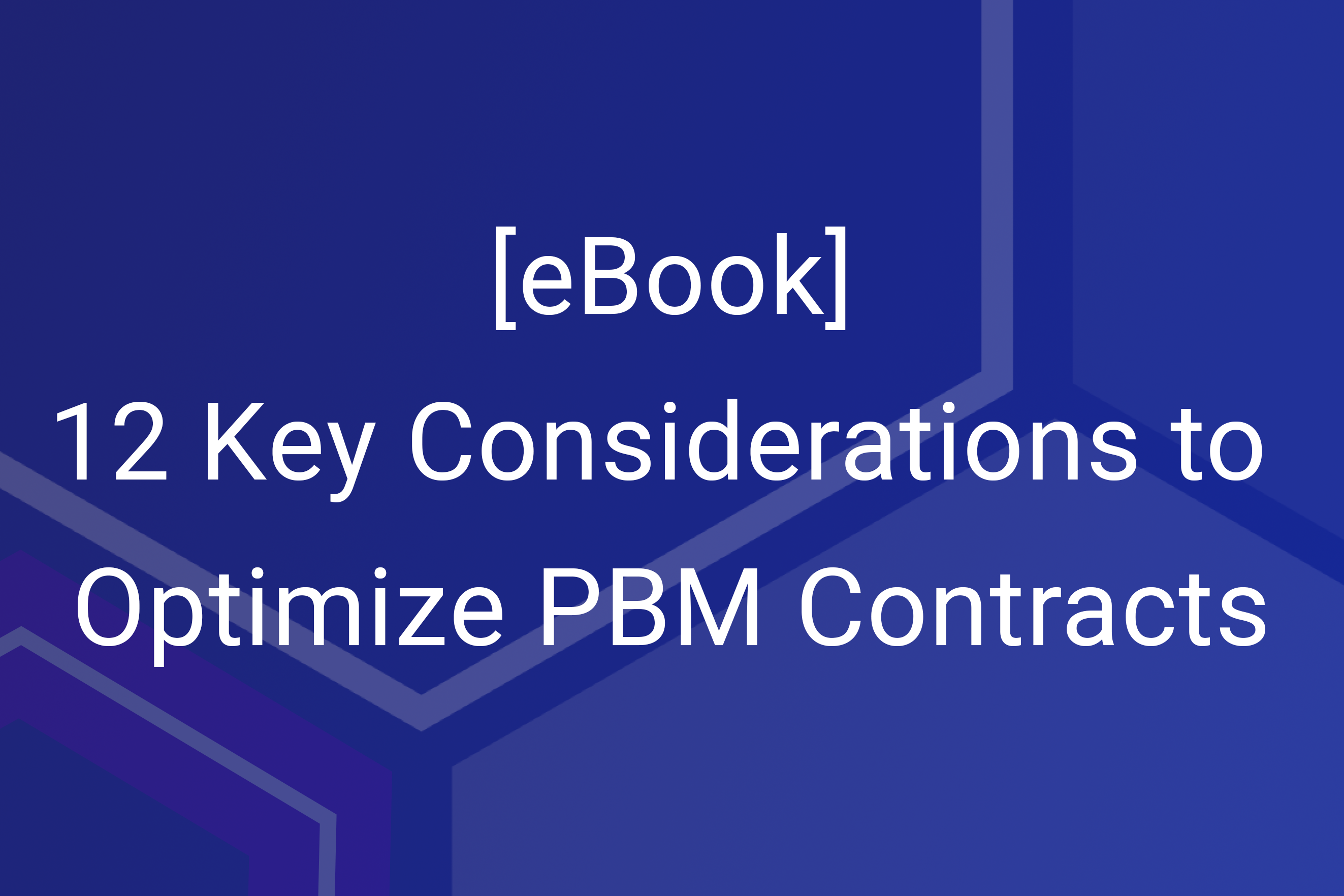According to a recent survey, healthcare marketers are facing significant budget cuts, with more than 55% reporting that their budgets will fall within the next year. As a result, pharmaceutical market access and marketing teams are tasked with finding innovative ways to attract patients and improve gross-to-nets while reducing waste and staying in budget. In this blog post, we’ll explore how copay assistance programs and patient messaging can help create synergy and drive more impact from investments in affordability programs.
Optimize dollar spend with sophisticated copay assistance programs
One of the biggest challenges facing pharmaceutical brand managers is attracting and retaining patients. Copay assistance programs can be a powerful tool for achieving these goals by helping new patients start therapy and enabling patients to persist on their treatment for longer. These programs should be tailored to the unique access and reimbursement challenges of each brand as a part of a broader access, pricing, and marketing strategy that generates valuable data to refine brand strategies and contribute to positive financials.
Below are a few strategies that healthcare marketing managers can leverage in the face of falling budgets:
- Segmented Copay Solutions: Brands can take their business rules to the next level by tailoring them to specific patient segments. For example, analyzing patient coverage and walkaway behavior can inform new copay price points, leading to a significant increase in monthly claim volume and revenue while keeping benefit spend consistent.
- Payer Analytics: Payer-level data can help brands understand how PBMs process their claims, allowing them to identify coverage gaps and improve their claim rates. For instance, if a brand notices lower-than-expected coverage rates with a specific payer, they can provide education to the PBM partner to capture missed opportunities in the form of rebates from covered claims, helping to better retain patients.
- Tracking Refill Rates Over Time: By building a refill rate dashboard, sophisticated copay programs can enable brands to track cohorts of patients over time and determine realistic refill rates. With a better understanding of patient behavior, brands can adjust their business rules and develop patient-focused strategies to drive adherence, ultimately leading to better patient outcomes and improved gross-to-nets.
Improve adherence at a low cost through patient messaging
Patient messaging is another effective strategy that brand managers can leverage to attract and retain patients in the face of reduced marketing budgets. By providing patients with personalized, relevant information about their medication and condition, brands can build stronger relationships with patients and improve outcomes. Brands that leverage patient messaging platforms experience improved adherence rates (upwards of a 13% increase), with the ability to communicate with their patients in real-time, using a variety of channels, including email, SMS, and push notifications.
Tailored patient messages can help brands optimize their patient access strategy even in the face of falling budgets by offering:
- One-touch refills – By leveraging a system with one-touch refills, patients can simply reply to a text to refill their medication, making it seamless to access their next fill.
- Prior authorization messaging – If a medication requires a prior authorization (PA) or other barrier, a brand can detect that through a sophisticated CRM and then send that patient push messages to help them navigate their PA and next steps, which leads to reduced time to first fill.
- Cost-based messaging – Patients often look for resources that help them pay for a costly prescription. Through a messaging platform, brands can share savings opportunities directly with their patients. When connected to a copay program, brands can also send targeted messages for that specific patient’s cost journey.
- Clinical education – Many brands benefit from sharing clinical and condition related educational information with their patients through direct messages. For example, sending a patient with rosacea a pamphlet about ways to manage their condition and their medication or a doctor discussion guide can help the patient throughout their care journey.
When implementing a patient messaging system, brands can often leverage the wealth of approved brand content and resources that the brand has already invested in. These programs can therefore deliver increased value at a relatively small cost to further stretch the reach of access and marketing budgets.
Doing more with less – taking the next step forward
In the face of falling budgets, healthcare marketers are challenged to find innovative ways to attract and retain patients while reducing waste and staying within budget. Copay assistance programs and patient messaging are two effective strategies for driving brand growth and improving outcomes. By leveraging sophisticated copay assistance programs, brands can tailor their offerings to specific patient segments, analyze payer data to identify coverage gaps, and track refill rates over time. Similarly, patient messaging platforms can improve adherence rates and provide patients with personalized, relevant information about their medication and condition. By implementing these strategies with an innovative copay partner, brands can optimize their patient access strategy and deliver increased value at a relatively small cost, helping them to drive growth and stay within budget.






